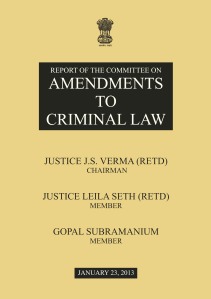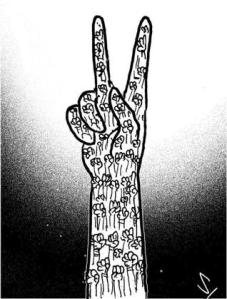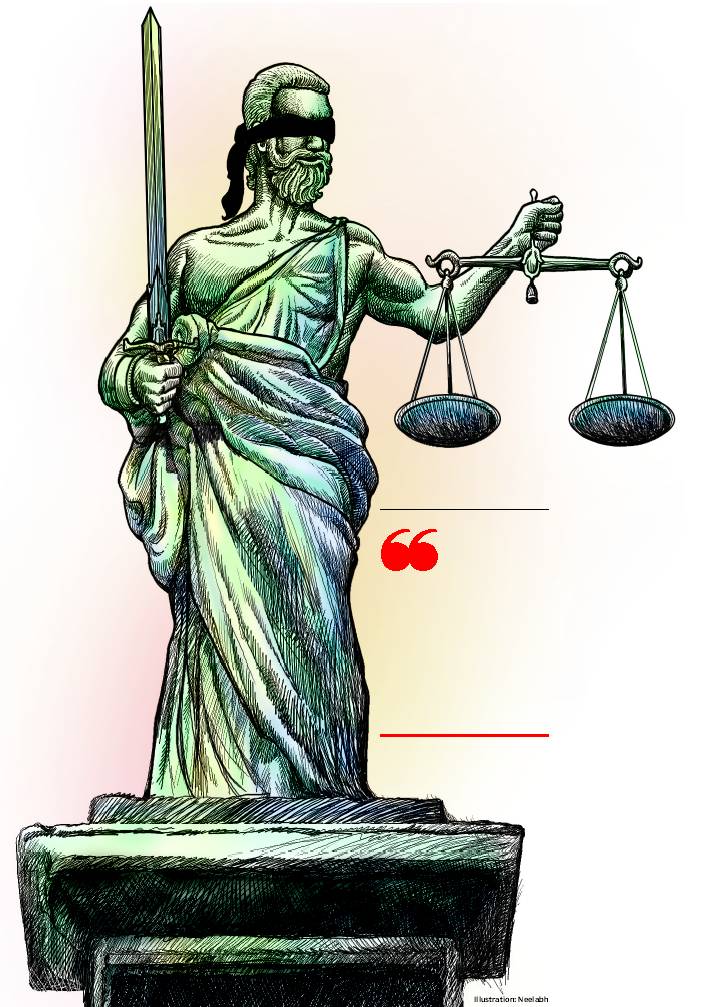By Kalpana Kannabiran Published in THE HINDU
The comprehensive reforms suggested by Justice Verma and his colleagues will protect the right to dignity, autonomy and freedom of victims of sexual assault and rape
Starting with Tarabai Shinde’s spirited defence of the honour of her sister countrywomen in 1882, women’s movements in India have been marked by persistent and protracted struggles. But despite this rich and varied history, we have in recent weeks found ourselves shocked at the decimation of decades of struggle.
A transformation
At a time when despair and anger at the futility of hundreds of thousands of women’s lifetimes spent in imagining a world that is safe drive us yet again to the streets; at a time when our daughters get assaulted in the most brutal ways and our sons learn that unimaginable brutality is the only way of becoming men; at a time when we wonder if all that intellectual and political work of crafting frameworks to understand women’s subjugation and loss of liberty through sexual terrorism has remained imprisoned within the covers of books in “women’s studies” libraries; at a time like this, what does it mean to suddenly find that all is not lost and to discover on a winter afternoon that our words and work have cascaded out of our small radical spaces and transformed constitutional common sense?
The Report of the Committee on Amendments to Criminal Law headed by Justice J.S. Verma is our moment of triumph — the triumph of women’s movements in this country. As with all triumphs, there are always some unrealised possibilities, but these do not detract from the fact of the victory.
Rather than confining itself to criminal law relating to rape and sexual assault, the committee has comprehensively set out the constitutional framework within which sexual assault must be located. Perhaps more importantly, it also draws out the political framework within which non-discrimination based on sex must be based and focuses on due diligence by the state in order to achieve this as part of its constitutional obligation, with the Preamble interpreted as inherently speaking to justice for women in every clause.
If capabilities are crucial in order that people realise their full potential, this will be an unattainable goal for women till such time as the state is held accountable for demonstrating a commitment to this goal. Performance audits of all institutions of governance and law and order are seen as an urgent need in this direction.
The focus of the entire exercise is on protecting the right to dignity, autonomy and freedom of victims of sexual assault and rape — with comprehensive reforms suggested in electoral laws, policing, criminal laws and the Armed Forces (Special Powers) Act, 1958, and the provision of safe spaces for women and children.
Arguing that “cultural prejudices must yield to constitutional principles of equality, empathy and respect” (p.55), the committee, in a reiteration of the Naaz Foundation judgment, brings sexual orientation firmly within the meaning of “sex” in Article 15, and underscores the right to liberty, dignity and fundamental rights of all persons irrespective of sex or sexual orientation — and the right of all persons, not just women, against sexual assault.
Reviewing leading cases and echoing the critique of Indian women’s groups and feminist legal scholars — whether in the case of Mathura or even the use of the shame-honour paradigm that has trapped victim-survivors in rape trials and in khap panchayats, the committee observes: “…women have been looped into a vicious cycle of shame and honour as a consequence of which they have been attended with an inherent disability to report crimes of sexual offences against them.”
In terms of the definition of rape, the committee recommends retaining a redefined offence of “rape” within a larger section on “sexual assault” in order to retain the focus on women’s right to integrity, agency and bodily integrity. Rape is redefined as including all forms of non-consensual penetration of sexual nature (p.111). The offence of sexual assault would include all forms of non-consensual, non-penetrative touching of sexual nature. Tracing the history of the marital rape exception in the common law of coverture in England and Wales in the 1700s, the committee unequivocally recommends the removal of the marital rape exception as vital to the recognition of women’s right to autonomy and physical integrity irrespective of marriage or other intimate relationship. Marriage, by this argument, cannot be a valid defence, it is not relevant to the matter of consent and it cannot be a mitigating factor in sentencing in cases of rape. On the other hand, the committee recommended that the age of consent in consensual sex be kept at 16, and other legislation be suitably amended in this regard.
 Voices from conflict zones
Voices from conflict zones
Rights advocates in Kashmir, the States of the North-East, Chhattisgarh, Gujarat and other areas that have witnessed protracted conflict and communal violence have for decades been demanding that sexual violence by the armed forces, police and paramilitary as well as by collective assault by private actors be brought within the meaning of aggravated sexual assault. This has been taken on board with the committee recommending that such forms of sexual assault deserve to be treated as aggravated sexual assault in law (p. 220). Specifically, the committee recommends an amendment in Section 6 of the AFSPA, 1958, removing the requirement of prior sanction where the person has been accused of sexual assault.
Clearly a sensitive and committed police force is indispensable to the interests of justice. But how should this come about? There have been commissions that have recommended reforms, cases that have been fought and won, but impunity reigns supreme. If all the other recommendations of the Committee are carried through, will the government give even a nominal commitment that the chapter on police reforms will be read, leave alone acted on?
The Delhi case
The recent gang rape and death of a young student in Delhi has raised the discussion on the question of sentencing and punishment yet again. The first set of questions had to do with the nature and quantum of punishment. Treading this issue with care, the committee enhances the minimum sentence from seven years to 10 years, with imprisonment for life as the maximum. On the death penalty, the committee has adopted the abolitionist position, in keeping with international standards of human rights, and rejected castration as an option. The second question had to do with the reduction of age in respect of juveniles. Despite the involvement of a juvenile in this incident, women’s groups and child rights groups were united in their view that the age must not be lowered, that the solution did not lie in locking them up young. Given the low rates of recidivism, the committee does not recommend the lowering of the age, recommending instead, comprehensive institutional reform in children’s institutions.
The report contains comprehensive recommendations on amendments in existing criminal law, which cannot be detailed here except in spirit. The significance of the report lies, not so much in its immediate translation into law or its transformation of governance (although these are the most desirable and urgent), but in its pedagogic potential — as providing a new basis for the teaching and learning of the Constitution and criminal law and the centrality of gender to legal pedagogy.
(Kalpana Kannabiran is Professor and Director, Council for Social Development, Hyderabad. Email: kalpana.kannabiran@gmail.com)




